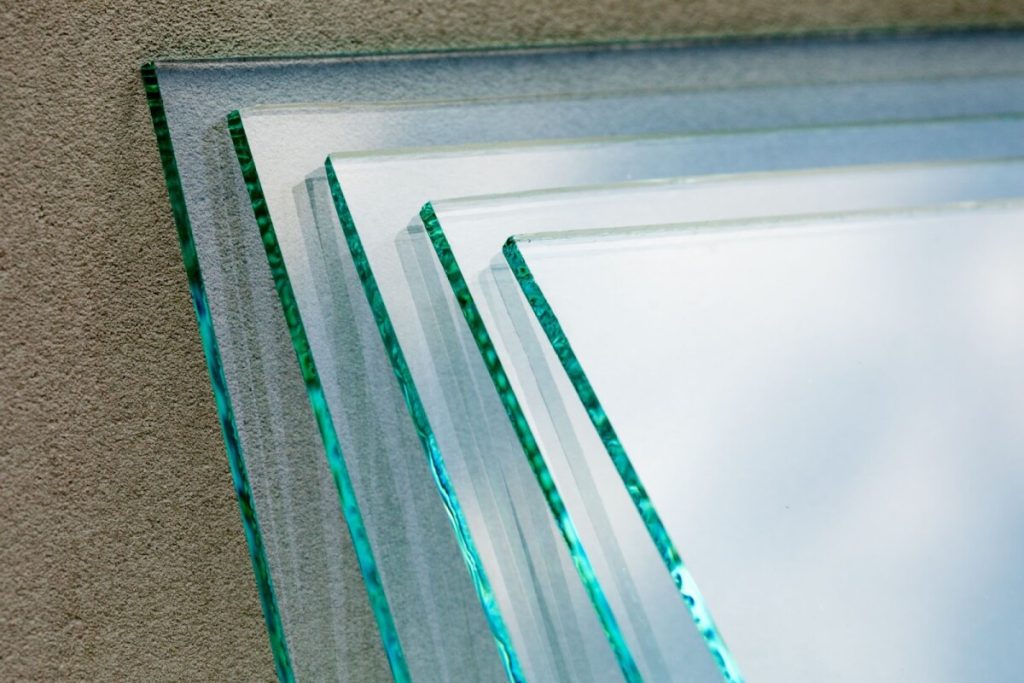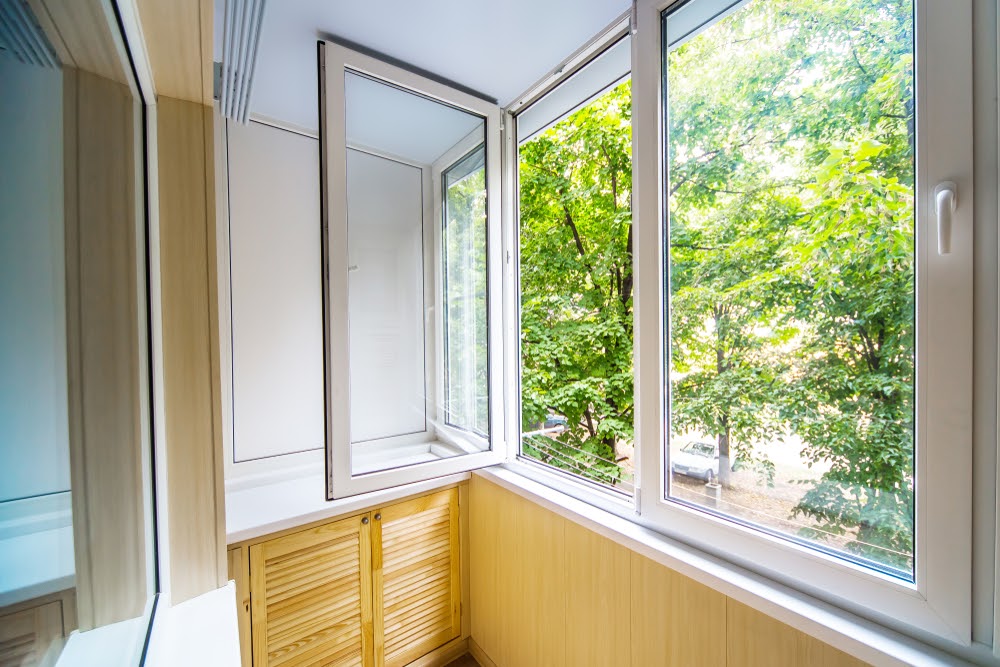Laminated Glass vs. Tempered Glass: What’s the Difference?
Jul 21 2021 Posted By Ontario Window Reviews

In the past, all window glass panels, commonly referred to as “float glass,” were accidents waiting to happen. When they shatter, they produce large, razor-like shards that can easily injure somebody. These and more inherent hazards inspired various types of safety glass, including laminated glass and tempered glass, which are frequently used in exterior glass windows for commercial and residential properties and vehicles.
In this guide, we cover all the benefits and differences you need to know when choosing between laminated glass vs tempered glass for your property.
Let’s get started!
The Manufacturing Process
When making laminated glass, two layers of glass are bonded together with resin; typically, polyvinyl butyral (PVB) is used. It takes a combination of heat and pressure to fuse everything into what looks like one laminated sheet of glass.
Tempered glass, on the other hand, is produced by taking standard glass and using pressure, heat, and chemicals to make the glass stronger and more resistant to force.
Differences Between Laminated Glass vs Tempered Glass
Because of the layers present in laminated glass, you can visually distinguish this type of glass from tempered glass and float glass. By looking at the laminated glass’s edge, you will see the subtle demarcation between sheets of glass, which is something that tempered or float glass doesn’t have.
On the other hand, tempered glass usually comes out of manufacturing with a much smoother edge than float glass due to intense processing. By slowly and carefully running your finger on the edge of the glass, any pronounced roughness would mean that the glass is float glass and not tempered glass.

Safety Benefits of Laminated and Tempered Glass
When talking about laminated glass vs tempered glass, safety is the central aspect that binds them together. Here are several reasons why they’re definitely worth the investment.
1. Little to No Risk of Injury Due to Glass Breakage
When float glass breaks, sharp pieces fly and fall, injuring anybody close by or underneath the site of the breakage.
Both laminated glass and tempered glass protect you and your family from this disastrous scenario but in different ways. If vinyl windows with laminated glass break, the glass itself will crack but will remain intact because of the layer of resin that is fused with the glass.
Meanwhile, if tempered safety glass breaks, it shatters into small cube-shaped pieces, reducing the risk of injury upon impact.
In conclusion, when it comes to laminated glass vs tempered glass being able to break safely, it’s a tie!
2. Super Strength and Wind Resistance
Generally, safety glass offers better protection against wind resistance, thermal stressors, and blunt force trauma.
Laminated glass is multilayered and is five times stronger than float glass when it comes to withstanding force. However, the intense processing of tempered glass makes it even stronger than laminated glass.
So when it comes to resisting external force, tempered glass wins!
3. Resisting Break-Ins
Tempered glass can resist high amounts of force. It cannot be cut or drilled, making it an effective burglar resistance strategy. Unless a gun is involved, tempered glass won’t break easily, repelling the intruder or buying some time for the people in the house to call the proper authorities.
On the contrary, if a bullet were shot through laminated glass, the resin layer will keep the pieces relatively in place; in such a scenario, laminated glass offers better protection. Though laminated glass vs tempered glass are neck-and-neck on this safety variable, laminated glass is the winner when it comes to resisting break-ins.
The Applications of Laminated Glass vs Tempered Glass
Now that you are well acquainted with the strengths and weaknesses of laminated glass vs tempered glass, let’s take a look at how you can use them in your property.
1. Home Windows, Skylights, and Glass Doors
Laminated and tempered glass are perfect for exterior glass windows, skylights, and glass doors. They bring in plenty of natural light and can be aesthetically incorporated into various door and window designs. The options are endless. Homeowners can use them for sliding glass doors, patio doors, front doors with sidelights, bay or bow windows, floor-to-ceiling glass windows, and more!

2. Interior Glass
Tempered glass is often used for interior glass applications, such as shower doors and enclosures or conference room partitions. It’s a smart space-saving strategy ideal for both commercial and residential properties with limited space.
3. Commercial Establishment Windows
For commercial establishments, using laminated glass is an excellent way to protect your staff, assets, and customers against break-ins.
4. Larger Building Windows
For larger windows on buildings and skyscrapers, tempered glass is preferred because the intensified strength of the glass allows it to resist extreme weather elements.
Price Differences
Safety glass is generally more expensive than ordinary float glass. The price point for safety glass is mainly dictated by the complexity of its manufacturing process. Hence, laminated glass windows are typically more expensive than tempered glass.
Top Manufacturers of High-Quality Tempered and Laminated Glass Windows
Deciding between laminated glass vs tempered glass is only a portion of the things to consider. The reliability of the window’s hardware and the strength and style of the window frame also play a part in ensuring your safety and your property’s curb appeal. Get all these benefits from a manufacturer that you can trust. Browse through our list of trusted window companies today!
Recent Posts
Category
Archives
- December 2023
- November 2023
- October 2023
- September 2023
- July 2023
- June 2023
- May 2023
- February 2023
- January 2023
- December 2022
- October 2022
- September 2022
- August 2022
- July 2022
- June 2022
- May 2022
- April 2022
- March 2022
- February 2022
- January 2022
- December 2021
- November 2021
- October 2021
- September 2021
- August 2021
- July 2021
- June 2021
- May 2021
- April 2021
- February 2021
- January 2021
© 2023 Ontario Window Reviews - Windows & Door Companies. All Rights Reserved.

Leave A Reply